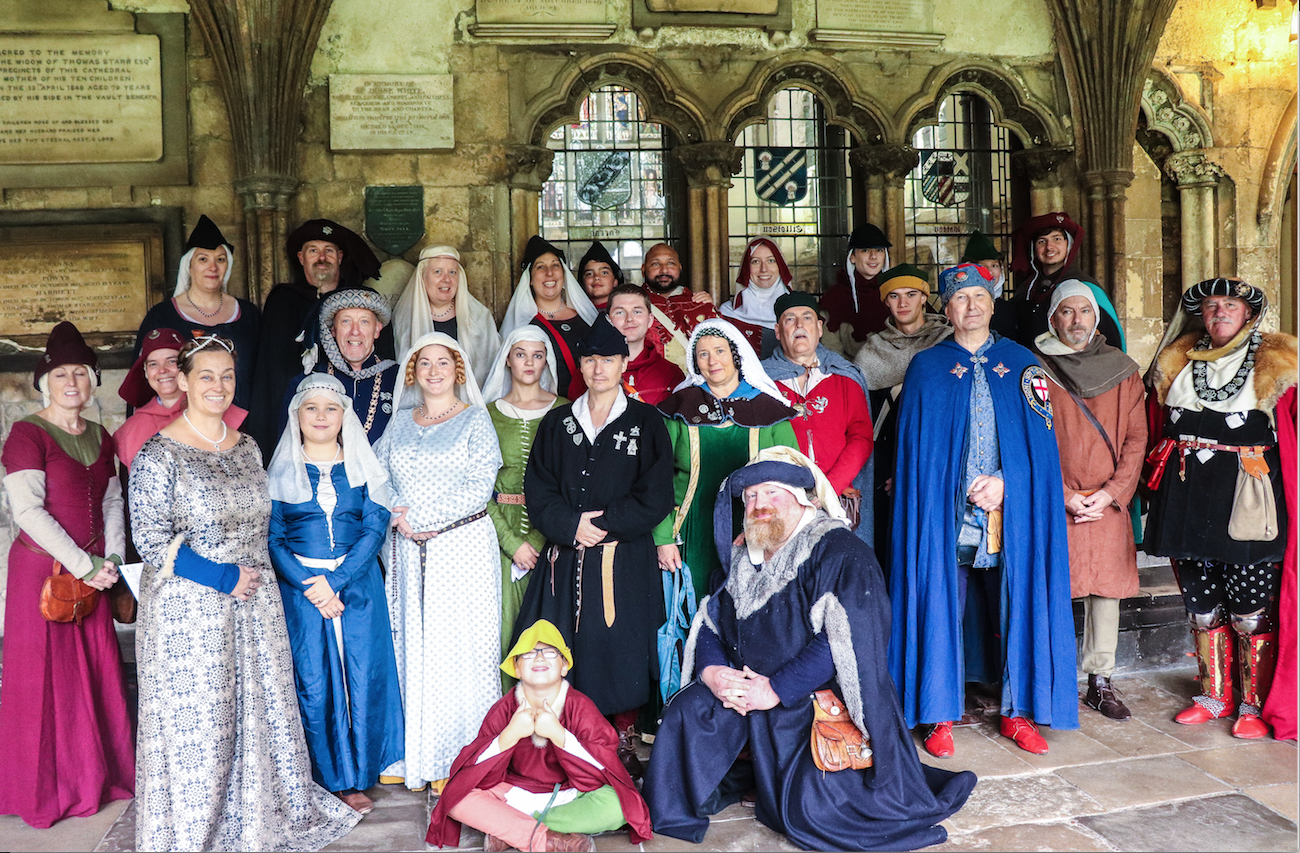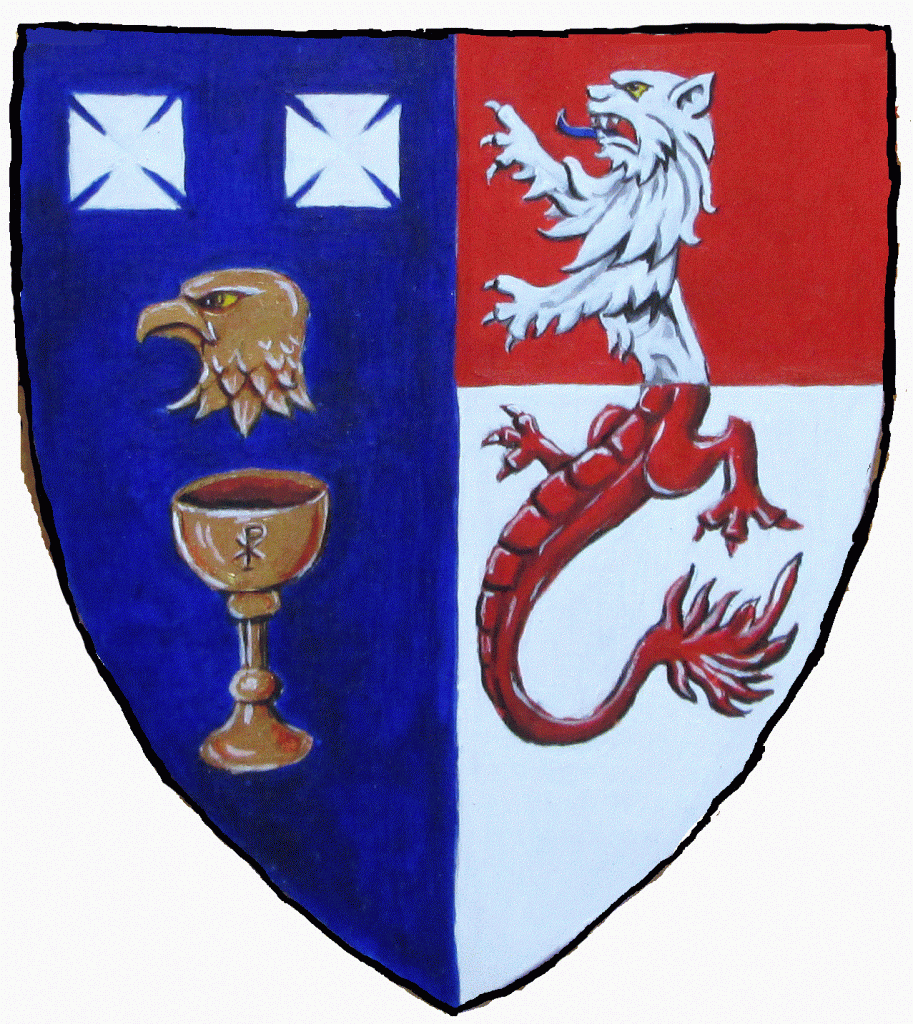Thomas de Velmont
Thomas was born second son to a minor family of Norman descent with lands on the border with Scotland. In these Debatable Lands, surrounded by feuding Armstrongs, Scotts and Kerrs, Thomas was trained in arms alongside his elder brother, James, and was proficient with sword and bow by the time he was fourteen. At that age he ran away from home and encountered a twenty-year old Italian adventurer called Mateo Urbani, a distant relative of the Medici, who took a liking to him and persuaded him to take Holy Orders.
As Urbani’s chaplain he travelled to Rome and became entangled in the shadowy intrigues of the Curia. In a deal with the Medici bank, Urbani was made a Cardinal and Thomas became Bishop and de-facto ruler of the city of L’Aquila at the age of sixteen. Thomas was soon forced to don armour and put down a revolt in the City by Dolchenite heretics, led by a fanatic calling himself Brother Francisco, who, unfortunately, escaped. The young bishop, however, was made a Knight of the Order of St Michael by the Pope and granted a special dispensation from the Benedictine Rule, allowing him to use a sword in the service of the Faith.
Some years later, Francisco returned and, this time, the bishop’s forces were overrun and he was forced to flee. Although, the Pope and the City States of Italy were too caught up in their own affairs to grant him aid, the Holy Father granted him his Episcopal rank in perpetuity, answering directly to Rome. The bishop, however, still harboured dreams of returning to L’Aquila at the head of a force that could drive the heretics from the city. So, he and his followers moved from court to court, offering military service to keep the wolf from the door and praying that God would show him a way to achieve this end.
Eventually he approached the Duke of Burgundy, who suggested he offer his military and priestly service to John of Gaunt, Duke of Lancaster, in the hope that the duke would return the favour once English possessions in France were secure.
Note: The bishop is a fictional character based on several colourful examples of higher clergy in the High and Late Middle Ages and illustrates how it was quite possible for a priest of high rank to operate in both a clerical and knightly spheres without any conflict of faith.

